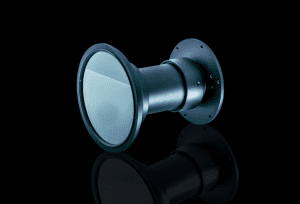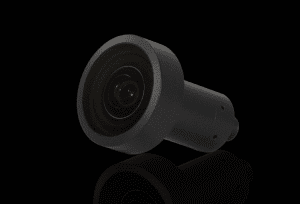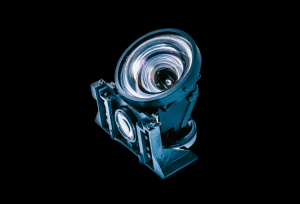Key Takeaways
- A scientific institute faced distortion and chromatic aberration issues in high-performance lenses, affecting image quality and accuracy for scientific observation.
- Avantier crafted a fisheye lens with controlled F-θ distortion (<2%) and chromatic aberration (<0.04mm). The lens ensured accurate target acquisition and maintained high image quality, eliminating the need for distortion correction.
- Achieving an excellent optical resolution, the lens exhibited MTF values surpassing 0.2 at 200lp/mm, 0.3 at 160lp/mm, and 0.5 at 120lp/mm.
- Avantier’s fisheye lens met diverse application needs, garnering trust for its design prowess and high-quality products in scientific, military, and consumer fields.
A scientific research institute approached Avantier to manufacture custom lenses. This research organization uses high-performance lenses for scientific observation and research, and high image quality and accuracy were required. However, the customer was having problems with distortion and chromatic aberration with conventional lenses, which affected image quality and consistency in situations where high quality images and accurate positional information were required.
Avantier therefore offered this type of lens.
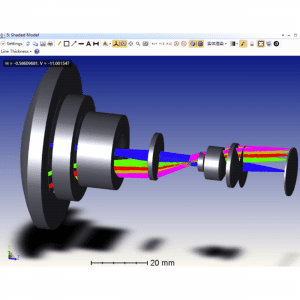
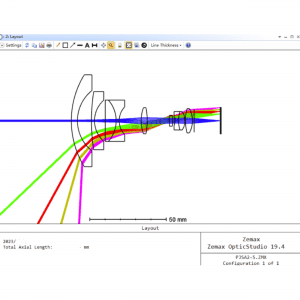
The picture above is a wide spectrum fisheye lens from SO. This lens has a visible spectrum with focal length of 1.2mm, F number of 2.8, and Field of view of 175°.
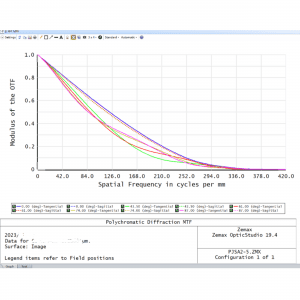
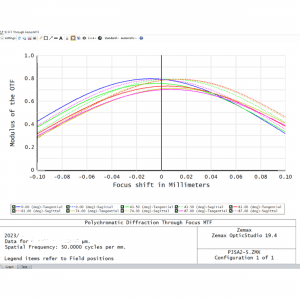
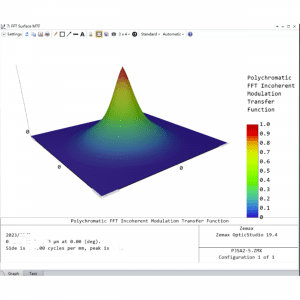
By controlling the F-θ distortion under 2%, the system can accurately acquire the target position information from the image, which the image quality has a spot RMS radius smaller than a pixel size within 95% of the field of view. At 200lp/mm, each FOV has MTF larger than 0.2, 160lp/mm has MTF larger than 0.3, and 120lp/mm has MTF larger than 0.5. Overall, this lens has excellent optical resolution that is close to the diffraction limit.
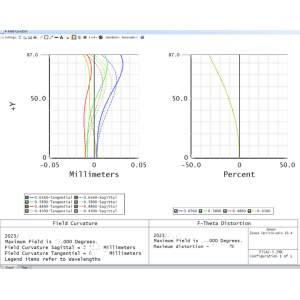
Distortion means the loss of similarity between the image and the object. This is mainly due to the image magnification changed after the enlargement of the FOV. According to aberration theoretical analysis, distortion is proportional to the FOV power of three. This is mainly depending on the action of the principal ray, which only affects the similarity between image and the object, and it will not affect the image clarity. Distortion correction will affect the astigmatism and coma aberration correction, and the presence of distortion could appropriately improve the image uniformity, therefore distortion correction is not needed.
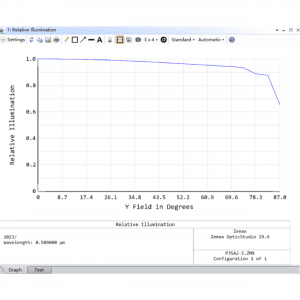
For Fisheye lens, because of the existence of aperture aberration, relative illumination on the edges is slightly higher than the center. Due to the need of aberration correction, when appropriately adjusting the vignetting can effectively improve the image quality, but at the same time will decrease the illumination on edges. As shown in the above image, the relative imagine of the image plane is higher than 90%, and the curve shows at least 0.9 and higher in the entire field of view. This indicates the image plane has very good illumination uniformity.
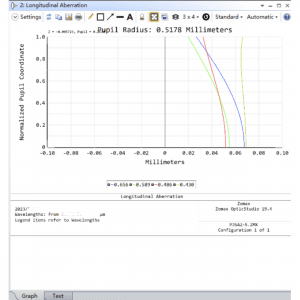
Chromatic aberration can be controlled within the range of 0.04mm, which the secondary spectrum is relatively small and can be meeting the needs of practical application.
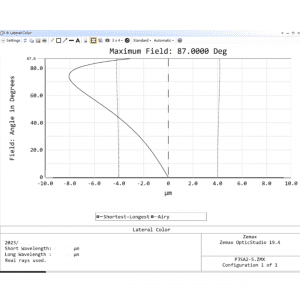
As show in the above image, the lateral color is within airy radius, and the chromatic aberration dispersion spot is within a pixel range. The lateral color value is relatively small in 0.9 FOV. To ensure the image quality in the central region, the lateral color should maintain at small value from 0.9 FOV to the whole FOV.
Challenges the customer was able to solve
- Control of F-θ distortion: The lens controls F-θ distortion to less than 2%, providing a spot RMS radius smaller than the pixel size within 95% of the field of view, allowing accurate target location information to be obtained from the image.
- Correction of distortion: Distortion is properly corrected, eliminating the need to improve image uniformity. Especially in the case of fisheye lenses, distortion and aperture aberrations are handled to maintain high image quality relative to the image plane.
- Chromatic aberration control: The lens controls chromatic aberration to within 0.04 mm, keeping the chromatic aberration dispersion spot within the pixel range. This ensures that chromatic aberration is never an issue and produces high quality images.
Avantier’s ability to provide lenses with this kind of performance allows customers in scientific research, military, and consumer applications to acquire high-quality images and use accurate positional information, thereby achieving success in many applications. Customers trust this product and are satisfied with our superior design capabilities and high quality products.
Related Content:
GREAT ARTICLE!
Share this article to gain insights from your connections!


